Artworks
-
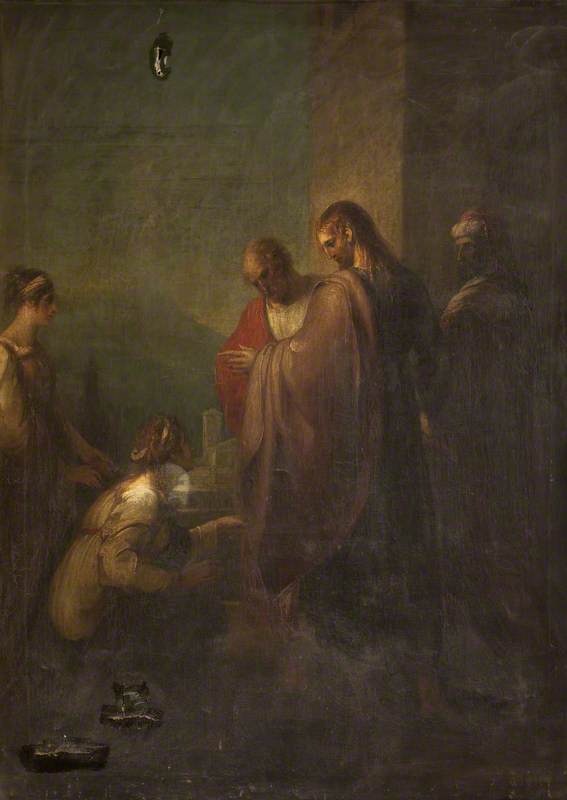 Christ and Mary Magdalene George Hamilton Constantine (1875–1968)
Christ and Mary Magdalene George Hamilton Constantine (1875–1968)
Fylde Council Town Hall -
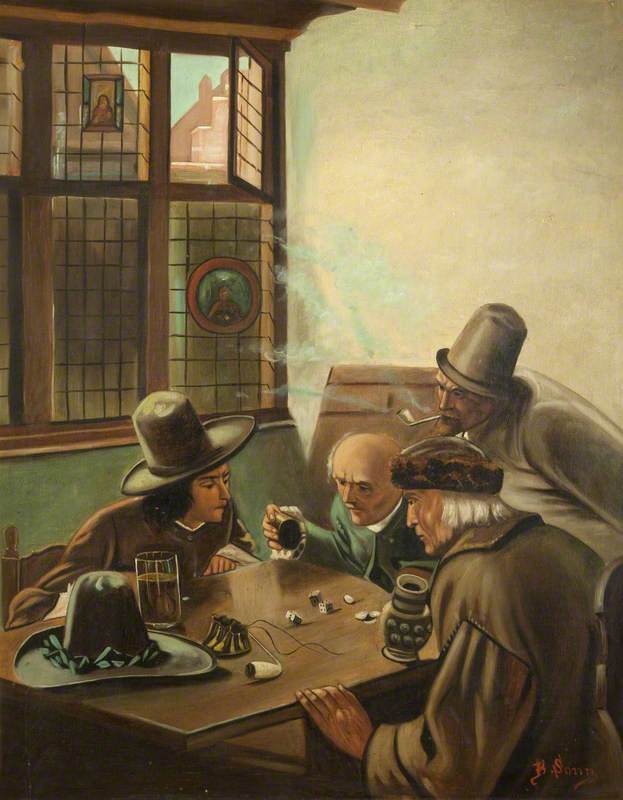 The Dice Throwers Albert H. Sonn (1867–1936)
The Dice Throwers Albert H. Sonn (1867–1936)
Fylde Council Town Hall -
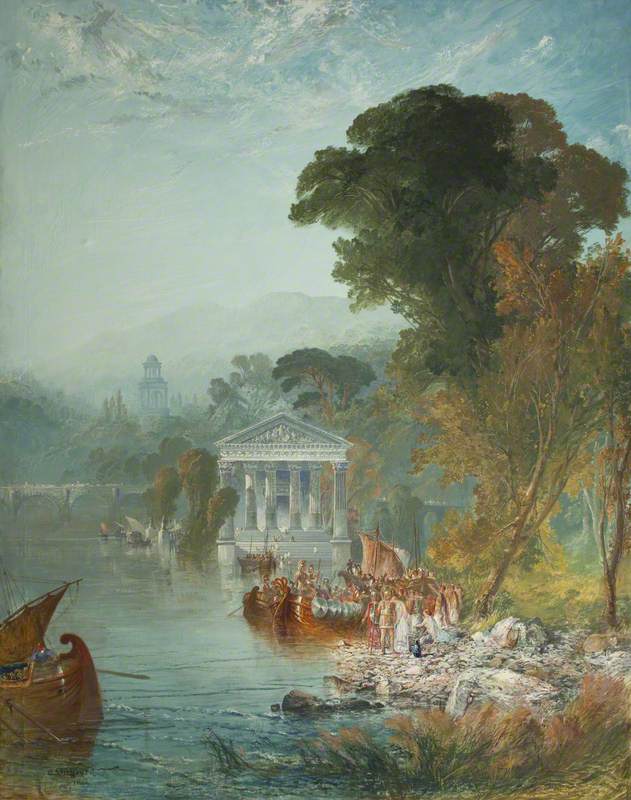 A Classical Lake Scene (Carthage) George Sheffield Junior (1839–1892)
A Classical Lake Scene (Carthage) George Sheffield Junior (1839–1892)
Fylde Council Town Hall -
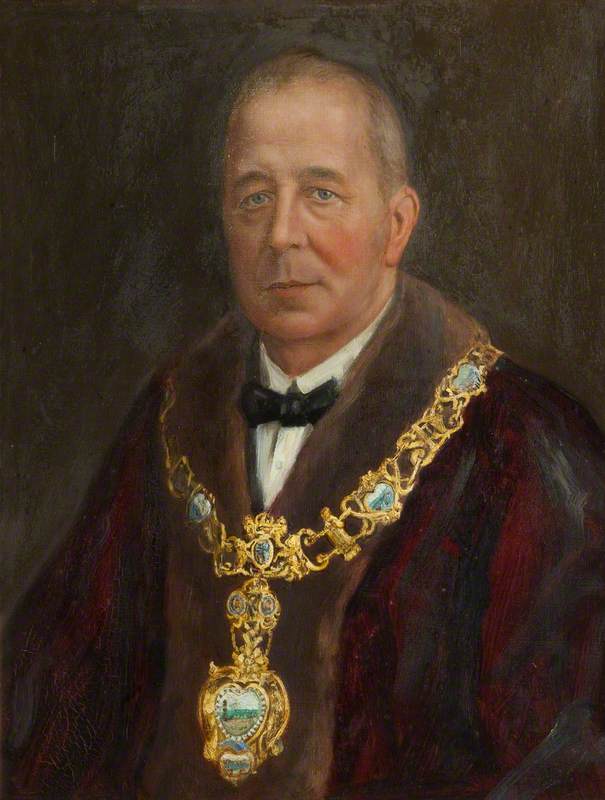 Alderman Charles Frederick Critchley (1858–1935), Mayor of Lytham St Annes (1922–1925) unknown artist
Alderman Charles Frederick Critchley (1858–1935), Mayor of Lytham St Annes (1922–1925) unknown artist
Fylde Council Town Hall -
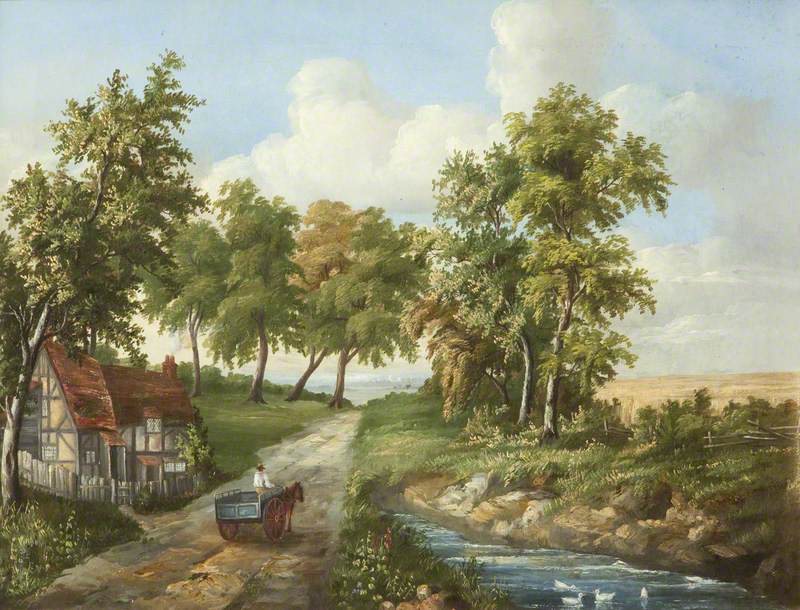 Landscape with Horseman Parger
Landscape with Horseman Parger
Fylde Council Town Hall -
 Cattle at Lakeside, Drinking Charles W. Oswald (b.c.1850)
Cattle at Lakeside, Drinking Charles W. Oswald (b.c.1850)
Fylde Council Town Hall -
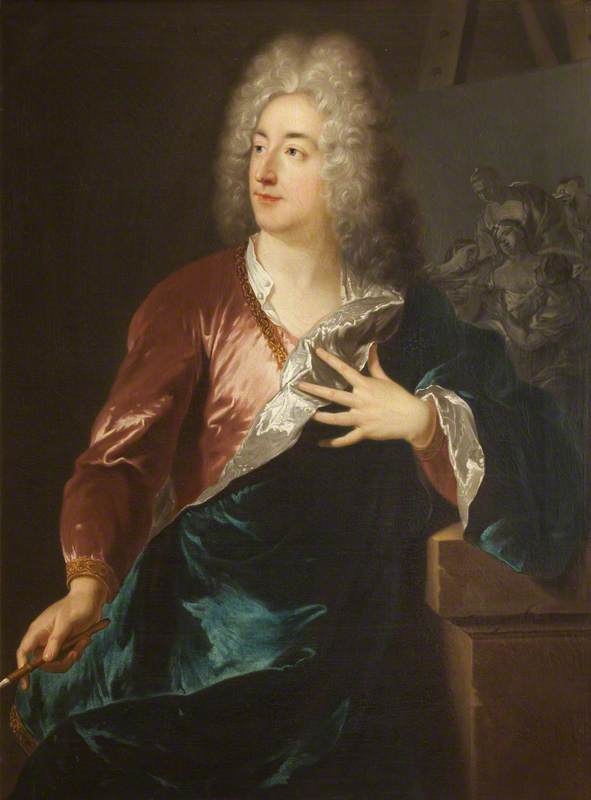 Portrait of an Artist François de Troy (1645–1730)
Portrait of an Artist François de Troy (1645–1730)
Fylde Council Town Hall - 113 more
More about
About the collection
The Lytham Art Collection is among the finest town hall collections in the country. In the 1700s, along with many seaside towns, Lytham gained a reputation as a health resort. In the 1840s the railways arrived, thus expanding the area’s connections to the industrial cities of the North West. Lytham St Annes became a prosperous area of the Fylde, with a high percentage of residents being businessmen and merchants from Manchester and Liverpool.
There were a number of local parish and district councils in the area but on 1st May 1922 Lytham and St Annes joined as a single district council. In 1925 the Council purchased the Southdown Hydro hotel as its new town hall. Centred on the new Town Hall was a desire to promote the cultural importance of the town and the idea of an art collection, donated by local individuals for the public benefit, was developed. The most important artist who has a connection with the area was the Victorian artist Richard Ansdell RA (1815–1885). An area of Lytham St Annes, Ansdell, is named after the artist.
Appropriately, the first painting to be presented (on 29th June 1925) was 'The Herd Lassie' by Ansdell which was donated by John Booth (1856–1941), son of E. H. Booth who founded the famous grocery business which still operates across the north-west. In 1926 the grandchildren of Richard Ansdell donated 'Lytham Sandhills'. Altogether there are 26 major works in the collection by Ansdell.
The collection concentrates on Victorian Art of a very high quality, and major historical scenes include 'The Deathbed of Robert, King of Naples' by Alfred Elmore (1815–1881) and 'A Classical Lake Scene (Carthage)' by George Sheffield Junior (1839–1892). The collection’s core is genre scenes including 'In Disgrace' by Charles Burton Barber (1845–1894) and 'Boys Playing' by John Morgan (1823–1886).
